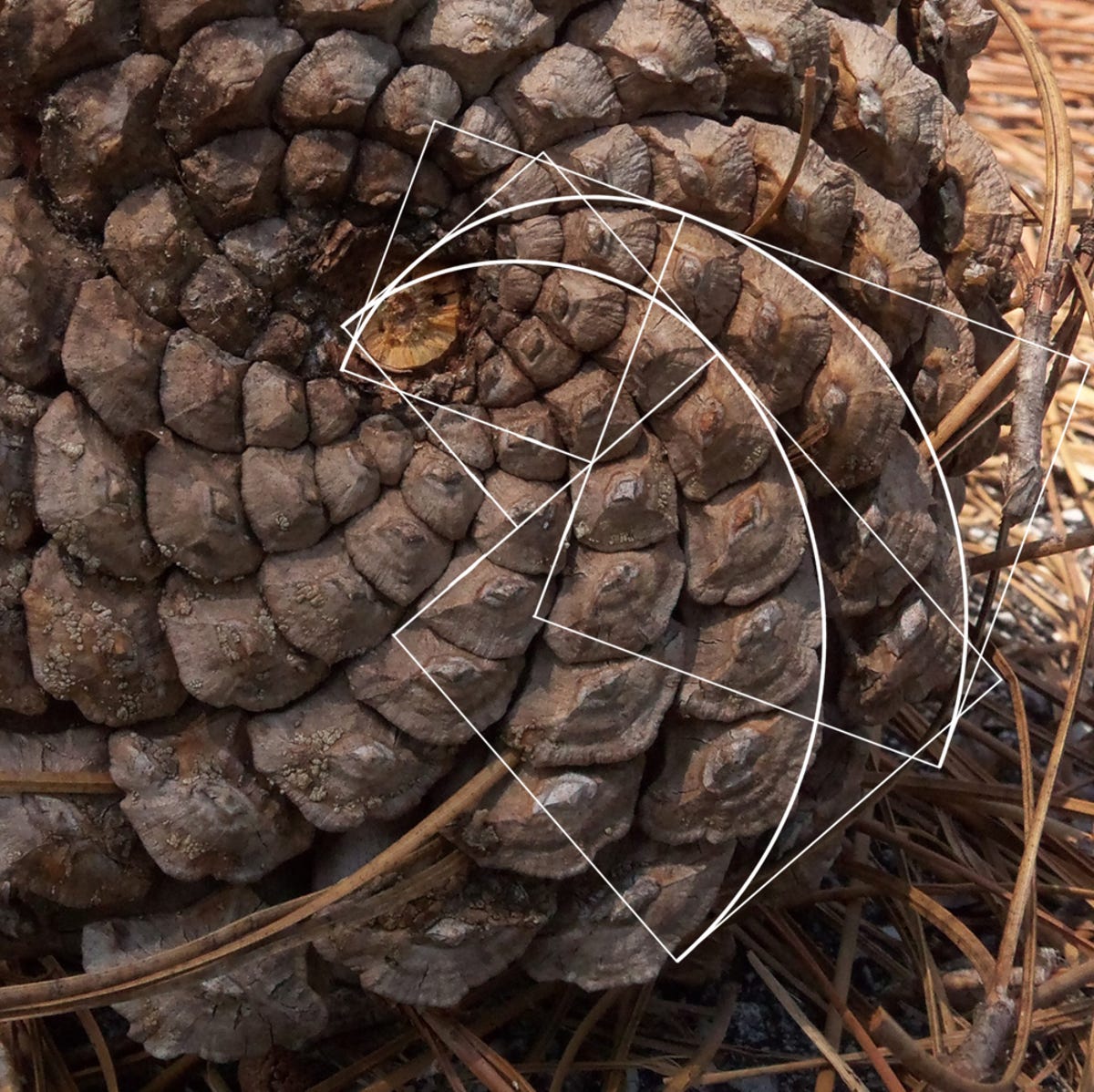Nature's patterns: Golden spirals and branching fractals
Certain patterns, such as the fractal, are repeated over and over in nature -- with some spectacular contrasts on wildly different scales.

Spiral galaxy
Once you start to recognise the golden spiral -- also known as the Fibonacci spiral -- you'll see it everywhere.
The golden spiral is based on the golden ratio. Symbolised by the character φ (Phi), it's found when a line is split in such a way that the larger part divided by the smaller part is equal to the whole part divided by the larger part -- a ratio of (rounded) 1.618. The Fibonacci sequence is a series of numbers where the ratio of successive numbers is very close to the golden ratio.
The golden spiral always increases by this ratio -- for every quarter turn the spiral makes, it gets wider by a factor of φ. Here, the golden spiral fits neatly on to a spiral galaxy.
Nautilus shell
Hurricane Katrina

Pine cone
Daisy
Phyllotaxis refers to the arrangement of the parts of a plant, such as petals and seeds, while parastichy refers to the spiral pattern that occurs during the growth of floral areoles. In some cactuses and succulents, seedpods such as pine cones, and some flowers -- such as sunflowers and daisies, as seen here -- these parastichies conform neatly to the golden spiral.
Lichtenberg figure
When lightning strikes -- or when electricity is distributed into the ground or another object -- it creates its own shape in miniature -- a fractally branching form.
This can take the form of scorch marks; or, in silica-rich ground, it can fuse to create fulgurite (Google Images, because they look wicked); and on human beings, it can create lightning-shaped burns on the skin.
If you're interested in learning more about Lichtenberg figures, Captured Lightning has a very thorough overview.
Lightning
The jagged shape of lightning forms because the electrical discharge does not form from one continuous line; rather, it takes multiple "hops", following an ionised channel of air called a "leader". Once this leader has reached as far as it is able, it will pool ions at the tip, shooting out one or more leaders -- which, in turn, creates the branching fractal pattern.
It's a little more complicated than that, of course; you can read more about step leader lightning here.
The Yarlung Tsangpo river in the Tibetan Autonomous Region of China
Tree branches
Dendritic manganese crystal in limestone
Neurons vs cities
In each of these four sets of images, an ISS photo of a city is compared to a fluorescence microscopy image of a neuron. The branching extensions of city growth bear a mind-boggling resemblance to the microscopic brain cells -- each human brain is said to contain about 100 billion of these active cells. But it gets even more peculiar...
Neuron vs the universe
On the left is a fluorescence microscopy image of a neuron. On the right? A model of the universe as it exists today, created as part of a computer simulation by a team of astrophysicists to study how the universe grew and evolved.
This could be explained by the holographic principle, i.e., the idea that the universe is a hologram, and each piece of the universe contains information all the information of the whole. Like a fractal: if you were to cut a cloud into two pieces, each piece of the cloud would contain all the information of the whole cloud.
So that means -- yes. You could be carrying an entire universe around in your head. And your mind could be the entire universe. Theoretically, at least.

